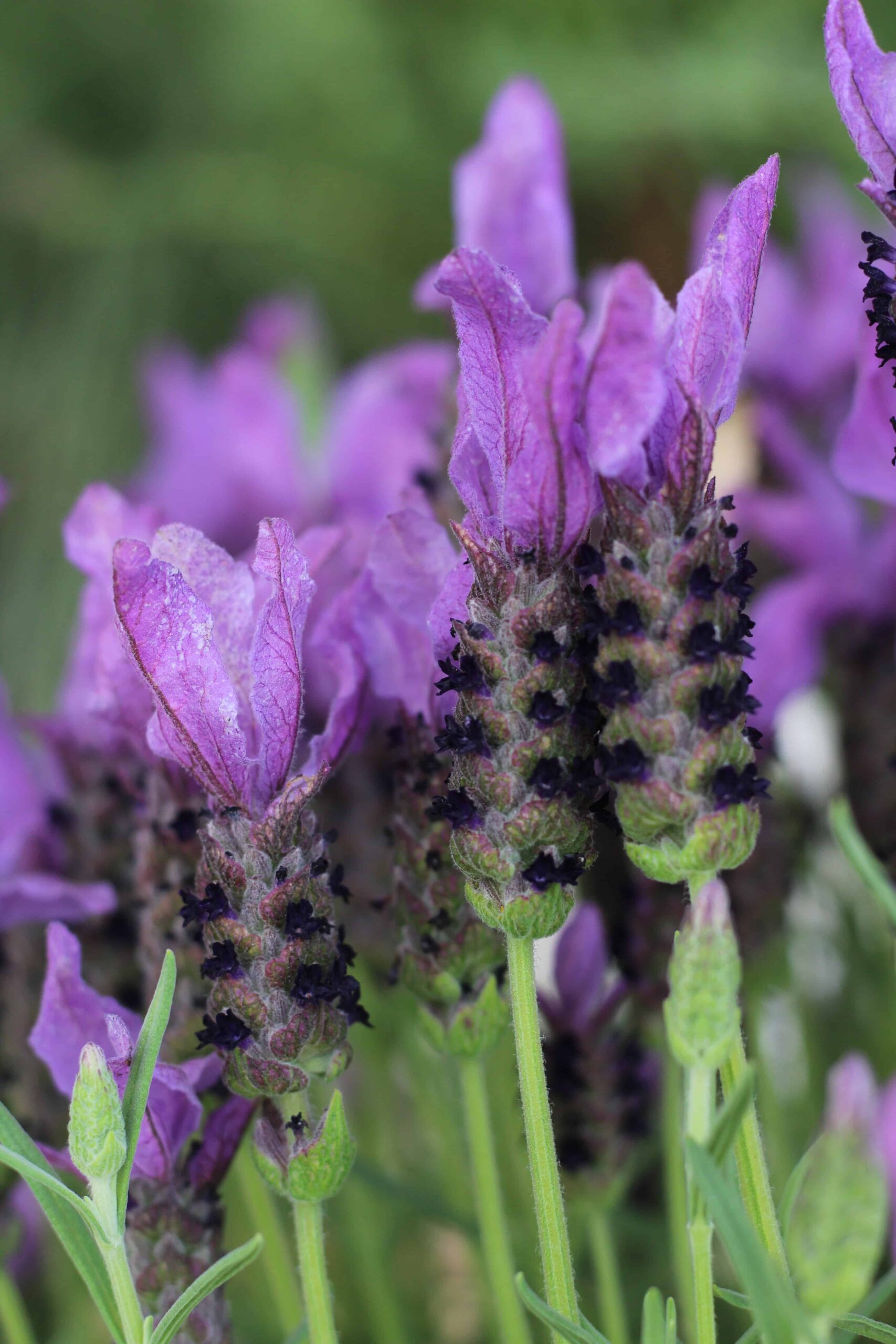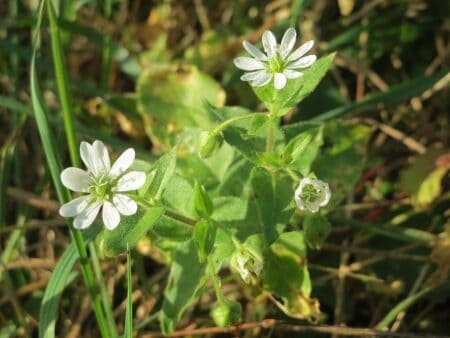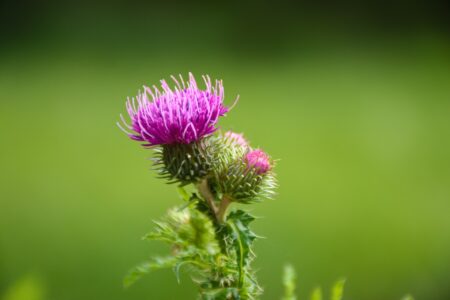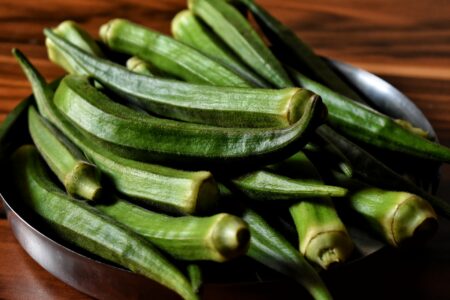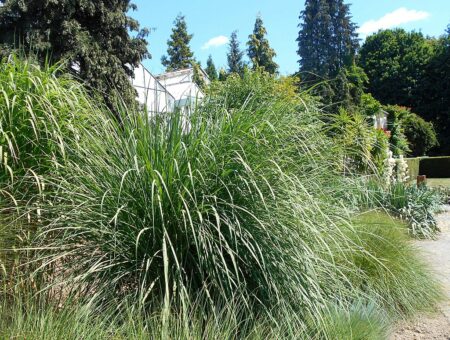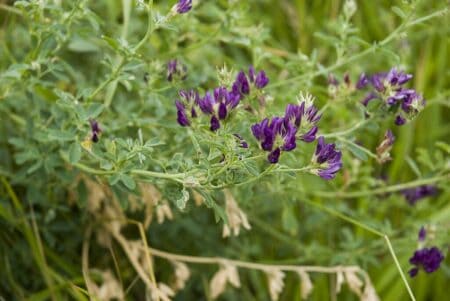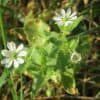Spanish lavender is one variety of lavender. It is known for having upright petals, which appear at the top of the flower heads. Spanish lavender grows as a low shrub, like other lavender varieties. The difference is a recognizable flower shape.
Spanish lavender grows in hotter temperatures compared to others. It can have white, pink, or purple flowers with gray-green leaves. Spanish lavender is easy to grow once the plant is established. You can even grow Spanish lavender in containers!
An Important Fact About Spanish Lavender – It Is Toxic

It is toxic to animals, making it also deer resistant. It also means you may have to restrict access to it from any pets you have in the garden if you decide to grow Spanish lavender.
Humidity and Temperature
Spanish lavender can grow in climates where the temperature does not go below 10 °F or -12 °C. It is named Spanish lavender for a reason; it is from the Mediterranean and thrives in hot and dry climates. It is best to grow Spanish lavender in USDA zones 8a to 9b.
Watering
Like other varieties of lavender, Spanish lavender can handle times of drought, although it grows best with slightly moist soil. Water Spanish lavender at the soil level to avoid diseases and water before the soil dries out completely. In wintertime, don’t water it! Unless the plant gets overly dry.
Light
Spanish lavender thrives in a location that gets at least 6-8 hours of sunlight per day.
Fertilizer
Spanish lavender does not need fertilizer; it grows well in soils that are nutrient-deficient.
Soil
Spanish lavender likes well-draining soil (gravely & sandy) to grow. These fragrant plants grow well in slightly moist soil. Avoid planting this herb in soils that absorb moisture.
Overwintering
Spanish lavender will overwinter easily in regions in which it is supposed to grow. You can add an extra layer of mulch around the plant in wintertime. If you decide to grow Spanish lavender in pots, move them indoors if temperatures get too low.
Growing From Seeds
- Fill a pot with gravely, sandy soil and sow seeds into it, and water it slightly.
- Keep the pot in a cool place, and regularly check if the soil is moist.
- After two weeks, seedlings should appear; move the plants to a sunny place.
- Once the plants are big enough, plant Spanish lavender in your garden or bigger pots to allow them to grow freely.
When growing Spanish lavender in pots, make sure the pots have drainage holes. Water deeply, but not often.
Propagation
- Snip cuttings in the autumn or spring, near the starting point of new growth; try to snip the cutting with no flowers attached.
- Take the cutting and remove leaves on the lower part of the cutting.
- Plant it into well-draining soil; leaves that were not stripped should be just above the soil level.
- Put a plastic bag over the cutting to keep it moist.
- When roots start growing, remove the plastic bag.
Pruning
Spanish lavender can be pruned once or twice per year; in fact, it is encouraged since Spanish lavender tends to have woody growth, which splits as the plant ages. To prune, cut the plant to about one-third to half of its previous size. The first pruning can be done right after flowering, and the second pruning is done before winter. When pruning, remove any stems (which are not growing) entirely at the base.
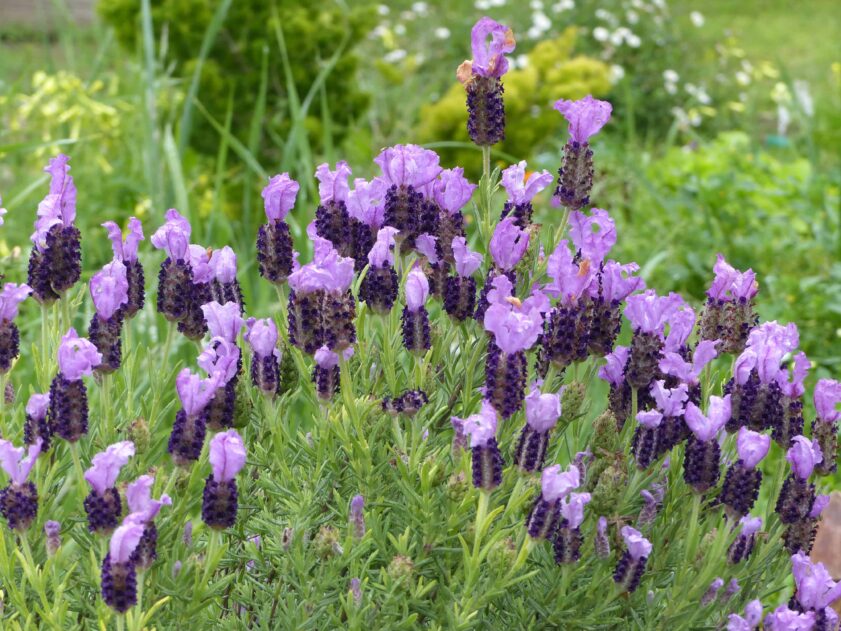
Varieties
There are many different versions of Spanish lavender that you can grow:
- Anouk Dark Purple Lavender
- Otto Quast Lavender
- Blueberry Ruffles Lavender
- Ballerina Lavender
- Fairy Wings Lavender
- Van Gogh Lavender
- Plum Lavender
- Regal Splendor Lavender
- Sancho Panza Lavender
- Tickled Pink Lavender
- Wine Lavender
- Strawberry Ruffles
- Silver Anouk
- Alba
- Regal Splendour
- Fathead
- Kew red
Problems and How To Fix Them
Dropping Leaves
Dropping leaves and yellowing are signs of root rot. Once you notice these signs, stop watering right away and remove leaves or other organic material around the plant. Dig up the plant and snip away the roots that seem to be rotting.
Pests
Mealybugs, Aphids, and Spittlebugs sometimes feed on Spanish lavender. You can use bug spray to get rid of them. An easier way is to spray water on the plant, so the bugs fall off; it may not work if the infestation is out of hand.
Disease
Spanish lavender is susceptible to leafspot fungi and Alfalfa Mosaic Virus. Fungal diseases mostly appear in regions with a lot of rain. Alfalfa Mosaic Virus creates a yellow pattern on the leaves, remove the plants which are affected by diseases, and hopefully rest of your Spanish lavender will thrive.

